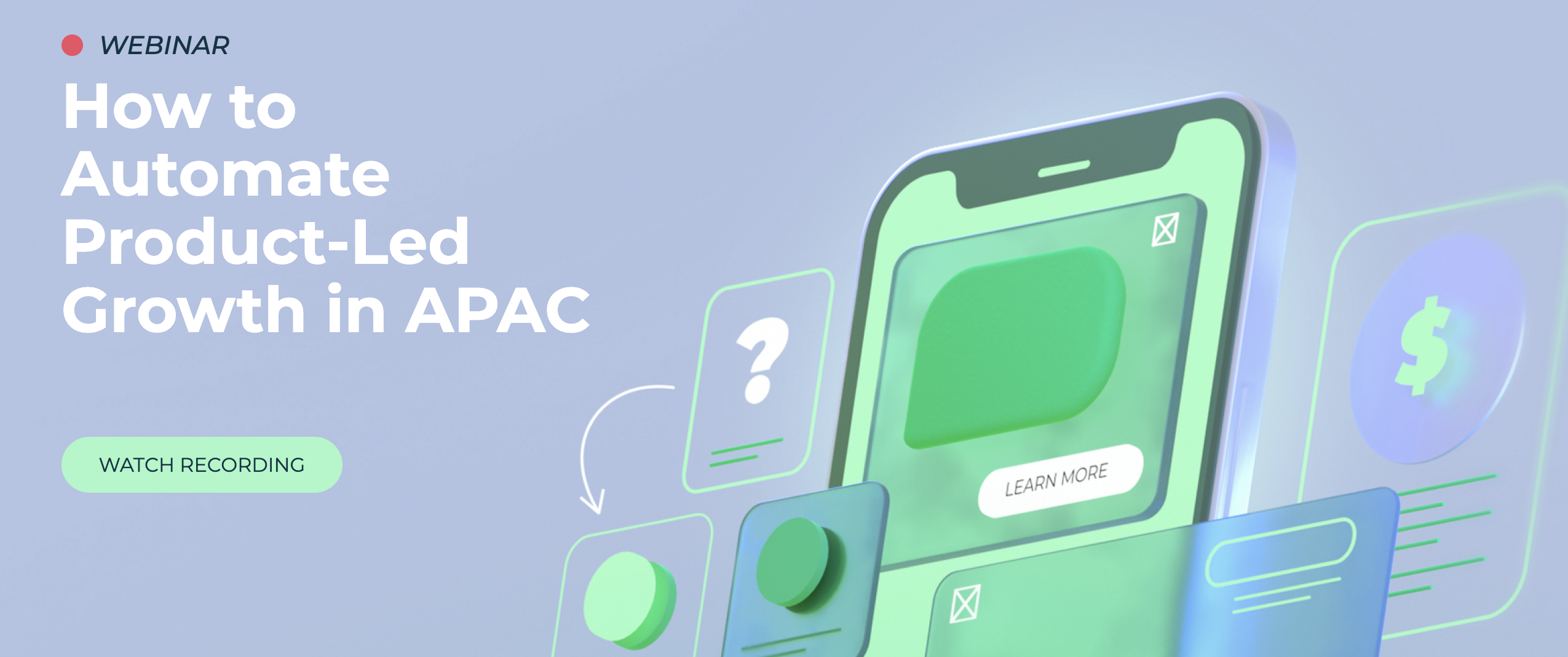In this Product Led Growth (PLG) webinar, we had three great speakers looking at PLG essentials:
- David Jones, CEO of Contextual
- Mark Hayes, Head of Growth at Plexure
- Dennis Kibirev, Chief Growth Officer at Mesh Ai
The webinar was packed with loads of PLG info, so contact us if you’d like to get the slides. We’ll definitely be stealing, err…borrowing some!
In this article, we’ll focus on the section where David covers contextual onboarding and activation.
Contextual Onboarding and Activation
Contextual onboarding is a personalized, in-app experience that guides users through the app’s features and functionality. It’s more efficient, scalable, and cost-effective than traditional onboarding methods.
The goal of contextual onboarding is to help users get up and running quickly and easily, so they can start using the app and experiencing its value.
Contextual Mobile Tooltips
Contextual mobile tooltips are a type of contextual onboarding that provides users with help and guidance at the right time. They can be used to explain features, provide instructions, or answer questions.
Contextual mobile tooltips are a great way to increase user adoption and engagement. They can help users get up and running quickly, and they can also provide ongoing support and guidance.
Digital Adoption Platforms
A digital adoption platform (DAP) is a software solution that helps you create and deliver contextual onboarding experiences. DAPs offer a number of benefits, including:
- A centralized platform for creating and managing onboarding content.
- The ability to personalize onboarding content for each user.
- The ability to track user progress and measure the effectiveness of your onboarding efforts.
DAPs are a great way to automate your contextual onboarding process. They can help you create personalized, in-app experiences that will help your users get up and running quickly and easily.
How to Enhance Contextual Mobile User Onboarding
There are a number of ways to enhance contextual mobile user onboarding. Here are a few tips:
- Start with the user in mind. What are their goals? What do they need to know in order to get started?
- Keep it short and sweet. Users don’t have time to read through long manuals or watch lengthy videos. Get to the point quickly and concisely.
- Use visuals. People are more likely to remember information that they see, so use images, videos, and other visuals to help explain your app’s features.
- Make it interactive. Don’t just tell users what to do, show them. Use interactive elements to help them learn how to use your app.
- Personalize the experience. The more personalized your onboarding experience is, the more effective it will be. Use triggers to deliver content that is relevant to each individual user.
- Measure your results. Track user progress and measure the effectiveness of your onboarding efforts. This will help you identify what’s working and what’s not so you can make improvements.
By following these tips, you can create contextual mobile user onboarding experiences that will help your users get up and running quickly and easily. This will lead to increased engagement, retention, and ultimately, success.
Conclusion
Contextual mobile user onboarding is a powerful tool that can help you improve the user experience of your app. By using a DAP, you can create personalized, in-app experiences that will help your users get up and running quickly and easily. This will lead to increased engagement, retention, and ultimately, success.
Full Webinar Summary
Once again, contact us if you’d like to see the whole webinar, attend the next one or see the slides. The full topic was: “How to Automate Product-Led Growth” – we’ll discuss what it means to be a product-led software business and provide insights into how to automate your software company’s PLG strategy:
✅ HOW PRODUCT LED GROWTH is transforming in 2022
✅ EVOLVING YOUR SOFTWARE product’s Product-Led Growth (PLG) model
✅ TOOLKIT TO AUTOMATE PLG: from onboarding to retention
